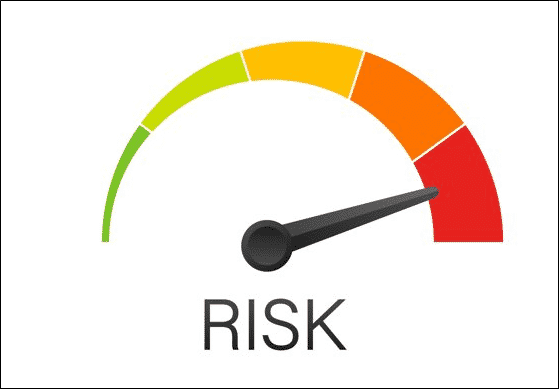How Insurance Companies Work
The primary thing insurance companies do is evaluate risk and act accordingly. When you apply for auto insurance, companies look at your driving history, the value of your vehicle, your age, your location, and several other factors to determine how much they would charge to insure you. They try to figure out how likely it is that they will lose money insuring you instead of making money off your premiums.
Insurance companies look at claims against them similarly. First, they consider the size of their policy or, put another way, the amount of coverage they provide to their insured customer. They usually think of the policy limit as the highest amount they would have to pay based on a settlement or a jury verdict at trial. Then, they think about their “exposure,” which means the maximum amount that they could have to pay based on the injured person’s damages, including their medical bills and pain and suffering. Next, they consider the likelihood of their insured winning at trial – or the probability that the injured person would win the case but for less than the full exposure amount.
Our Client’s Case
Our client was driving on an interstate in Atlanta when he was rear-ended by the defendant, a commercial vehicle driver, in stop-and-go traffic. The defendant was driving a large pickup truck with a trailer attached to the back. The impact was hard enough that it pushed our client’s car into the vehicle in front of him. It was clear from the damage to the vehicles that the impact was powerful but not devastating.
Our client got treatment for injuries to his neck, back, and knee. After seeing him a few times, his medical providers recommended surgeries for his neck, back, and knee. We opened settlement negotiations with the attorney for the insurance company – one of the largest and most well-known insurers in America. When we opened negotiations, our client had gotten about $45,000.00 in medical treatment. It was going to take quite some time to complete all three surgeries, so we were not able to rely on medical bills from those surgeries to show that our client’s damages were extremely high. Instead, we had to get creative.
How We Made the Risk Too High for the Insurer Not to Settle
When we looked at the police report, photos of the vehicles, and the accident scene, there was nothing particularly unusual about this crash. It looked like what most lawyers would consider a run-of-the-mill rear-end accident. So, we started digging into the driver’s history and record with the company. We obtained his application for employment, where he made a lot of jokes which suggested he did not take his job of driving a large commercial vehicle seriously; we later discovered the driver was a family friend of the company’s owner. We saw a file showing he had failed his pre-employment drug screening. The company’s owner apparently really wanted to employ him anyway because the company sent the driver to counseling, which the Department of Transportation requires when a driver fails a pre-employment drug screening. We also obtained the records from that counseling. Once he completed the counseling, the driver’s counselor recommended that the company regularly test the driver for drugs. But our investigation showed the company never tested the driver again until he crashed into our client and injured him. After the company finally ordered the driver to go to a post-accident drug screening, the driver was caught trying to beat the test by using fake urine. He never gave a real sample before leaving the testing facility.
The implication of the driver refusing to give a real urine sample was obvious – he would have failed the drug test. Because we found the driver’s drug test records along with evidence of prior drug and DUI convictions, we could argue that he was intoxicated when he caused the accident. Further, we were prepared to argue that the company should have caught him using drugs before he crashed into our client, especially since he failed his pre-employment drug screening. In fact, we were poised to argue the driver should never have been hired in the first place.
These facts made the insurance company very worried about how the defendant driver and his company would present at trial. They would have difficult questions to answer. Why did the company hire this driver after he had already failed a drug test? Why did the company not randomly drug test the driver after he had already failed his first test? Why did the driver bring fake urine to his post-accident test and refuse to provide a real sample? The jury would have been upset at the defendants, and the insurance company knew that could translate to a very large verdict at trial. We cannot provide the exact amount of the settlement due to a confidentiality clause in the release. Still, we can tell you we settled this client’s case for nearly a million dollars, even though he had only accrued about $45,000 in medical bills and had not undergone any surgeries.
